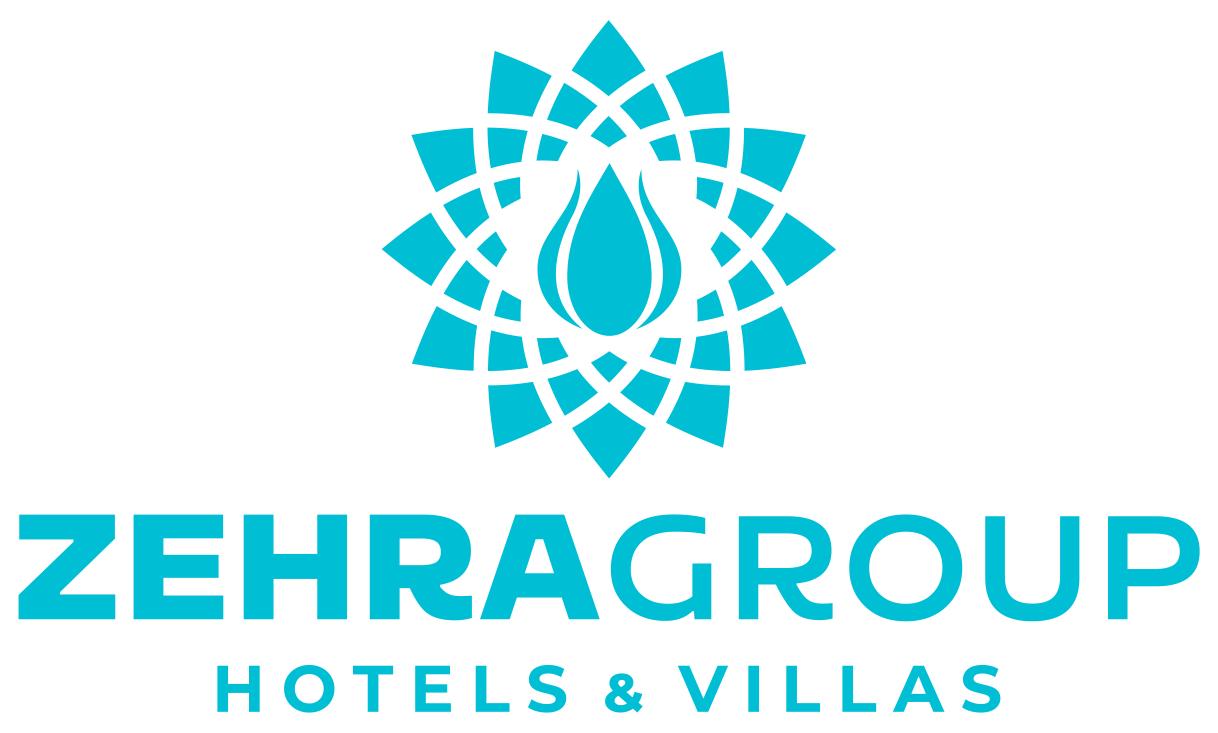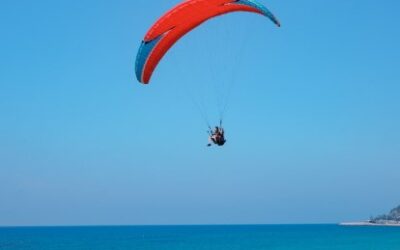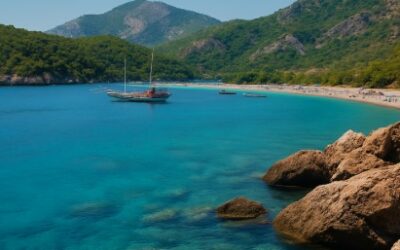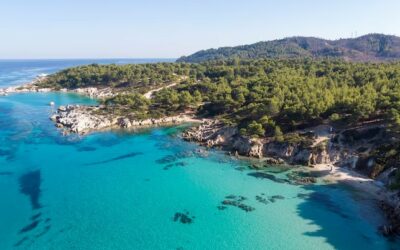Kayseri, located at the foot of Erciyes Mountain, is among the ancient cities that have been used as a settlement since ancient times. Kayseri, whose use as a settlement dates back 5000 years, has hosted all of the Hittite, Roman and Byzantine periods. It was the second largest city of the Anatolian Seljuk State, and there are works worth seeing, such as the Kurşunlu Mosque, where Mimar Sinan, the chief architect of the Kanuni, Selim II and Murat III periods, was born. Besides being the third largest city in the Anatolian Region, Kayseri is also known as Mimar Sinan’s hometown.
If you are planning a short trip to Kayseri, such as pastrami with fenugreek, spicy sausage, famous Kayseri ravioli and of course cream in Erciyes, you can also stop by Kayseri, which is close to Ankara and Istanbul. as, Kahramanmaraş, Adana, Niğde, Yozgat and Sivas borders. You can reach Kayseri by having a nostalgic journey by bus services as well as Erzurum Express, Van Lake Express or Eastern Express. We tried to compile the places to see and fill for you, let’s get started right away.
OTTOMAN AVENUE IN TALAS
Talas district is located 8 km from the center of Kayseri. Armenians, Greeks and Turks lived together in this region during the period of deportation and exchange. Since Armenian stonemasons are masters of stonemasonry, you should visit the houses, mosques and churches that they built here, which were converted into mosques. Some historical buildings are used as cafes.
SARNIÇLI UNDERGROUND CITY
It is known that the 1300-year-old underground city, located at the foot of Mount Ali in the Talas district of Kayseri, dates from the Byzantine period. The main entrance of the underground city is made from the narrow entrance on the road. After the narrow entrance, a transition to a large room is provided. After the large room, you will proceed through the main tunnel of the underground city, which divides into two branches. The tunnel on the left leads to a large room and connects with other rooms. With the short tunnel on the right, you will reach the prayer rooms.
In order to reach the cistern, which is the natural spring water from which the underground city takes its name, you have to bend forward through very narrow tunnels of 200 meters.
YAMAN DEDE CULTURE AND ART HOUSE
It is a historical stone mansion with an experience in Talas. It is the memory of Yaman Dede, the son of a lawyer whose real name is Diyamandi, of the Greek merchant family from Talas. Diyamandi studied Persian at the Imam Hatip and Higher Islamic Institute in Istanbul for education, adopted the teaching of Mevlana and became a Muslim at the age of fifty. He taught Persian in schools.
After the death of Yaman Dede, who was adopted and respected by the people, his mansion, which also reflects the Seljuk architectural characteristics, was restored in his memory and turned into a Culture House. In the rooms inside the culture house, you will be able to see sections from the daily life of the Talas region, which is tried to be animated with lifeless mannequins.
THE CHURCH OF MARY CONVERTED INTO A LIBRARY
The Church of the Virgin Mary, although not certain, 19th century. It is thought to have been built. The church is used as a library after the restoration work. The library consists of 3 sections; The computer section, the mezzanine section with the working areas and the lower floor section where the beverage service is provided. Even if you do not have time to read a book under the unique ceiling, you will want to browse a magazine. In addition to its historical texture, it is necessary to emphasize a few features; It is a large city library consisting of 3 sections, open 24 hours, with nearly 50 thousand digital and printed books, where students can print out free of charge.
SELJUK CIVILIZATION MUSEUM
It is the first applied medicine madrasah built in Anatolia. Alternative medicine practices such as music and water therapies were applied to the mentally ill in the madrasah. His touching story; It was built by the Sultan of the Anatolian Seljuk State, Gıyasettin Keyhüsrev I, in memory of his brother Gevher Nesibe. Gevher Nesibe falls in love with her brother’s commander-in-chief. When Sultan Gıyasettin learned this, he sent the commander to wars to prevent it and became a martyr. Gevher Nesibe Hatun, who was the martyr she loved, fell ill with tuberculosis and on her deathbed, she bequeathed her to build a hospital that could serve without receiving any money from her brother. The Sultan, regretting the death of his brother, had the building built in 3 parts as a medical madrasa, hospital and Bimarhane (mental hospital).
Today, the building, which is presented as the Museum of Seljuk Civilization, is tried to be revived with sound and light effects, the water and music therapies he gave to his patients at that time. A part of the museum contains items related to art, science and daily life of the Anatolian Seljuk Civilization.
KURŞUNLU MOSQUE
The original name of Kurşunlu Mosque, one of the two mosques that Mimar Sinan left to his hometown, is Hacı Ahmet Paşa Mosque. It is known as Kurşunlu Mosque among the people because the dome of the building, which was built in the 16th century by the governor of Konya, Ahmet Pasha, is lead-coated.
During the construction of the mosque, Mimar Sinan was 97 years old and still the chief architect of the Ottoman State. The interior of the building is filled with elegant craftsmanship with simple and fine ornaments in gray and white.
KAYSERİ CLOCK TOWER
The clock tower located in the Republic Square, Sultan Abdülhamit II. It was built in 1906 on the decree of that would become a clock tower in all major cities. Today, it is operated as a sales office where you can buy souvenirs such as keychains, magnets and trinkets about Kayseri.
HUNAT HATUN COMPLEX
It is one of the important examples of Seljuk architecture, located approximately 300 meters ahead of the Kayseri Clock Tower. The complex was built in 1238 by Mahperi Hunat, the wife of Alaeddin Keykubat I. Inside the complex, there are sections consisting of a mosque, madrasah, cupola, fountain and bath.
KAYSERİ CASTLE
Kayseri Castle; The history of the Republic Square. It is a historical castle estimated to date back to B.C. 238-244 years. It is known that he remained in the Seljuk State from the Danishmends. It consists of two parts as outer and inner castle. The inner castle was built higher than the outer castle and there are quarters here because there is no need for defense. The outer fort was used as the protection, administration and general settlement area of the city.
NATIONAL STRUGGLE MUSEUM
It is a high school that was put into service in 1893 in Neo-classical style. In 1921, during the War of Independence, he sent his senior students to the front and never graduated. Poet Faruk Nafız, who worked as a literature teacher, wrote the “Kayseri High School Anthem” in memory of his fallen students.
In addition, poets Behçet Kemal Çağlar, Turgut Özal and Abdullah Gül graduated from this high school.
GRAND BAZAAR
It was known as the biggest covered bazaar after Istanbul among the covered bazaars during the Ottoman Empire, but most of the wooden areas were destroyed by the fire that broke out at that time, and then it was rebuilt from stone, remaining faithful to the original.
Today, it is still used as a commercial center and hosts many shops such as jewelry, clothing and food.
ERCIYES SKI CENTER
Erciyes Mountain has become the symbol of Kayseri with its magnificent and never-ending snow in the borders of Kayseri province. The unmelted snow must have attracted the attention of the Hittites because they gave it the name Harkasos, which means white, shiny like silver. Mount Erciyes, the first in Central Anatolia and the fifth largest in Turkiye, is located 25 km from Kayseri city center. Erciyes Ski Center has Turkiye newest equipment and a total of 34 different ski tracks reaching 102km in length.
ZEHRA GROUP FACILITIES
After Kayseri, we invite you to Zehra Group facilities to enjoy the sea and the holiday. Zehra Group; Zehra Hotel is waiting for you to offer a safe and enjoyable holiday with its facilities such as Zehra Holiday Village, Zehra Villas & Apartments. Zehra Hotel and Zehra Holiday Village facilities offer you the holiday service of your dreams in Fethiye Ölüdeniz, with an all-inclusive concept, in accordance with your conservative and Islamic sensitivities. In addition, Zehra Kulem Beach, the first and only one in Fethiye, offers a conservative beach service for hijab women




